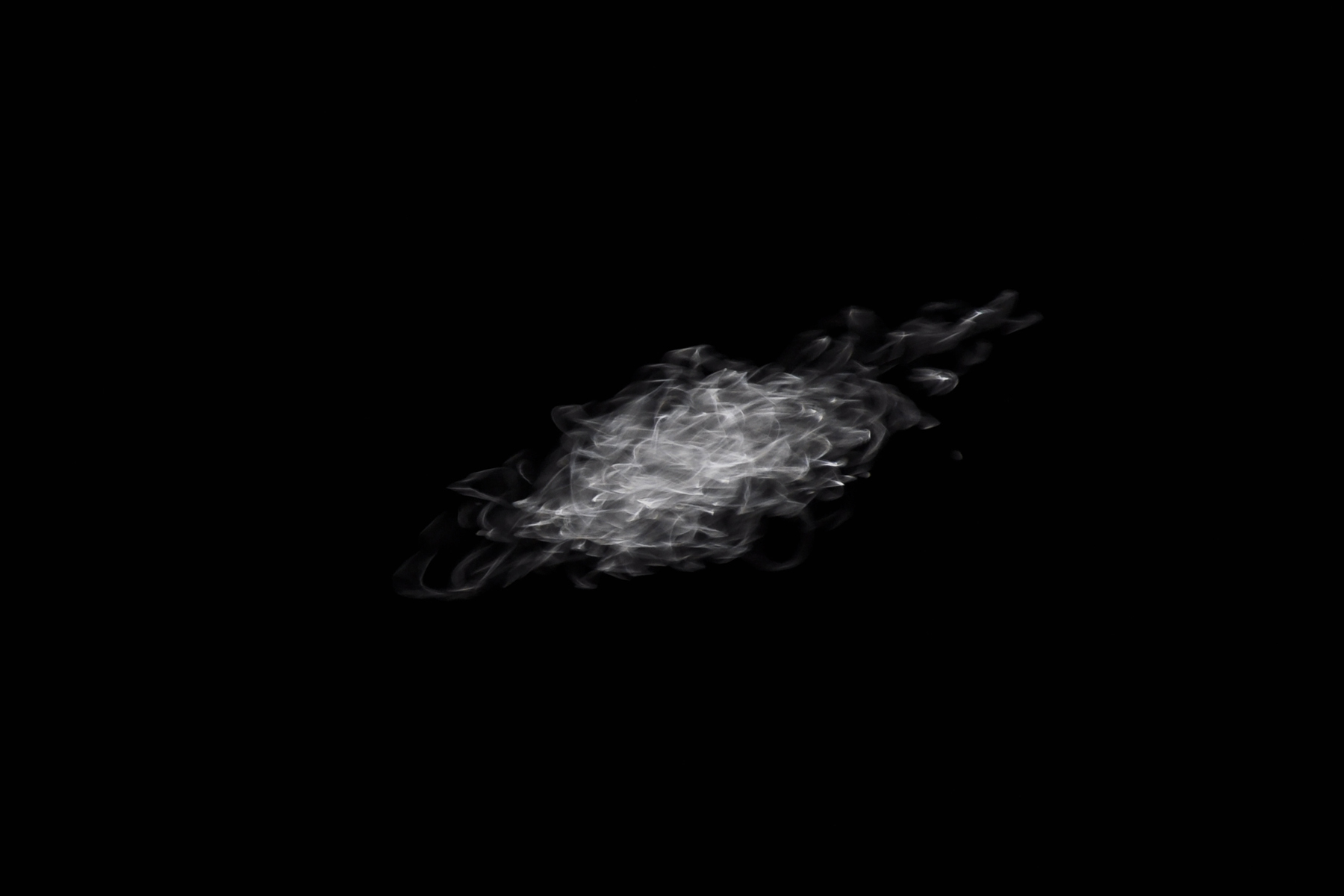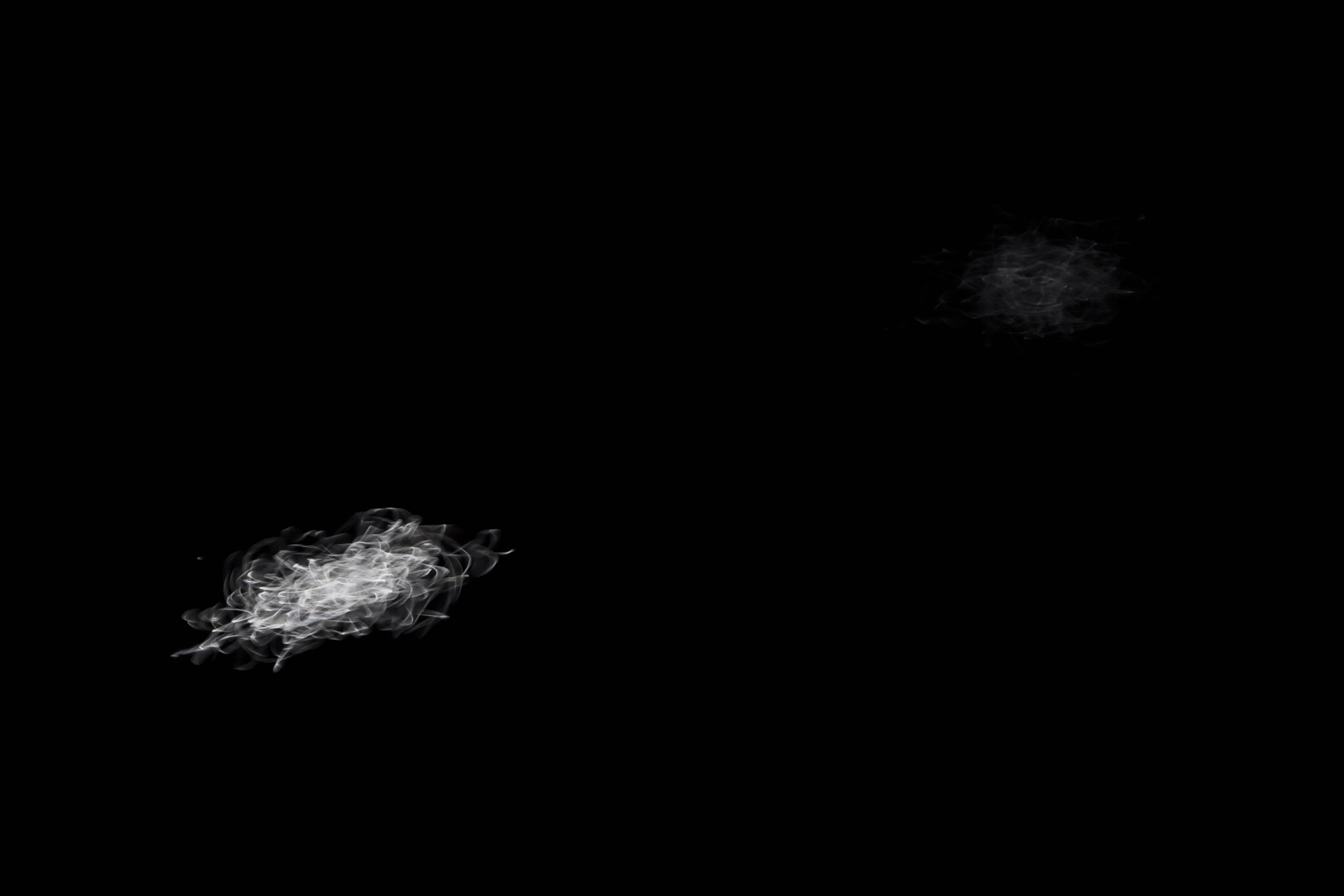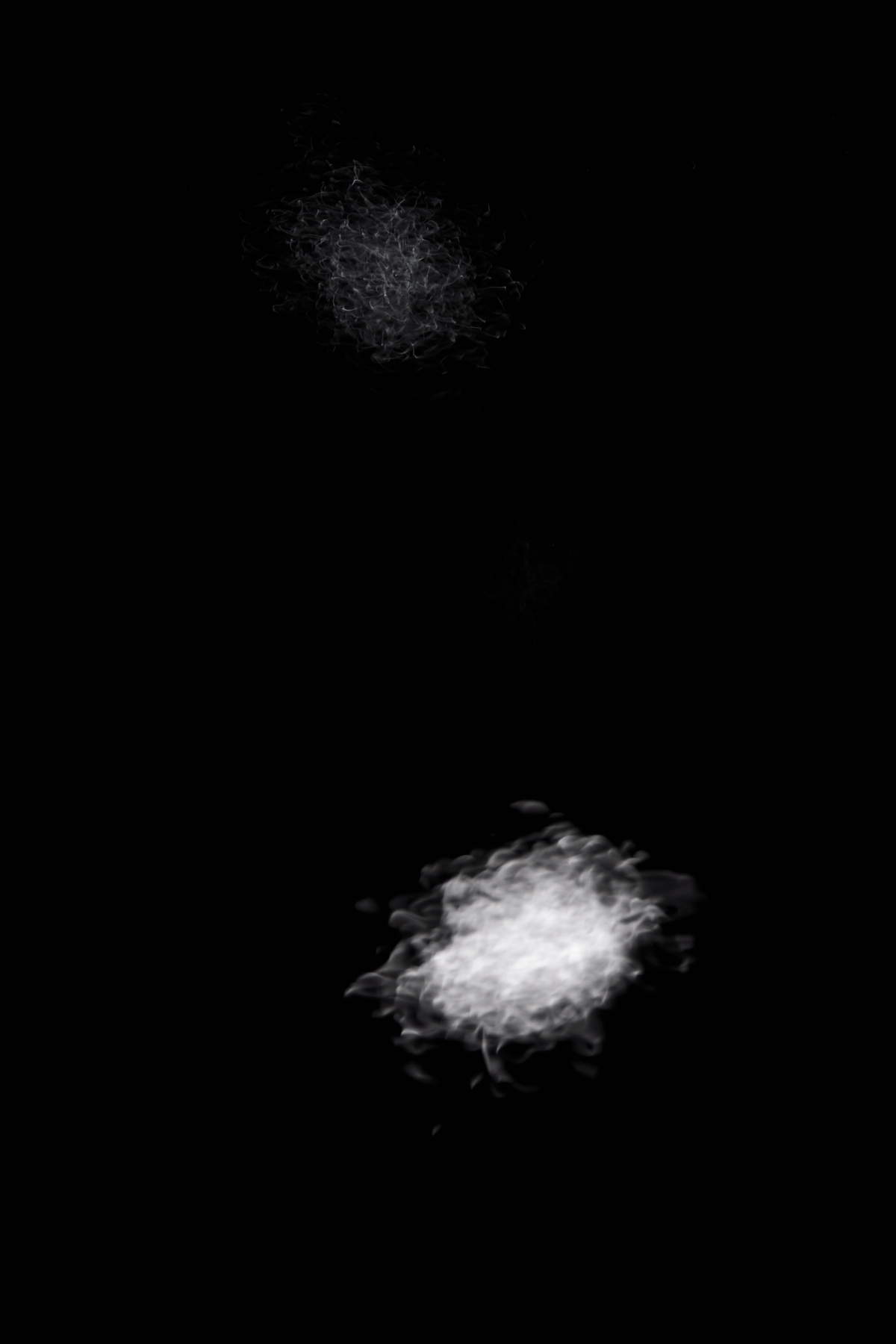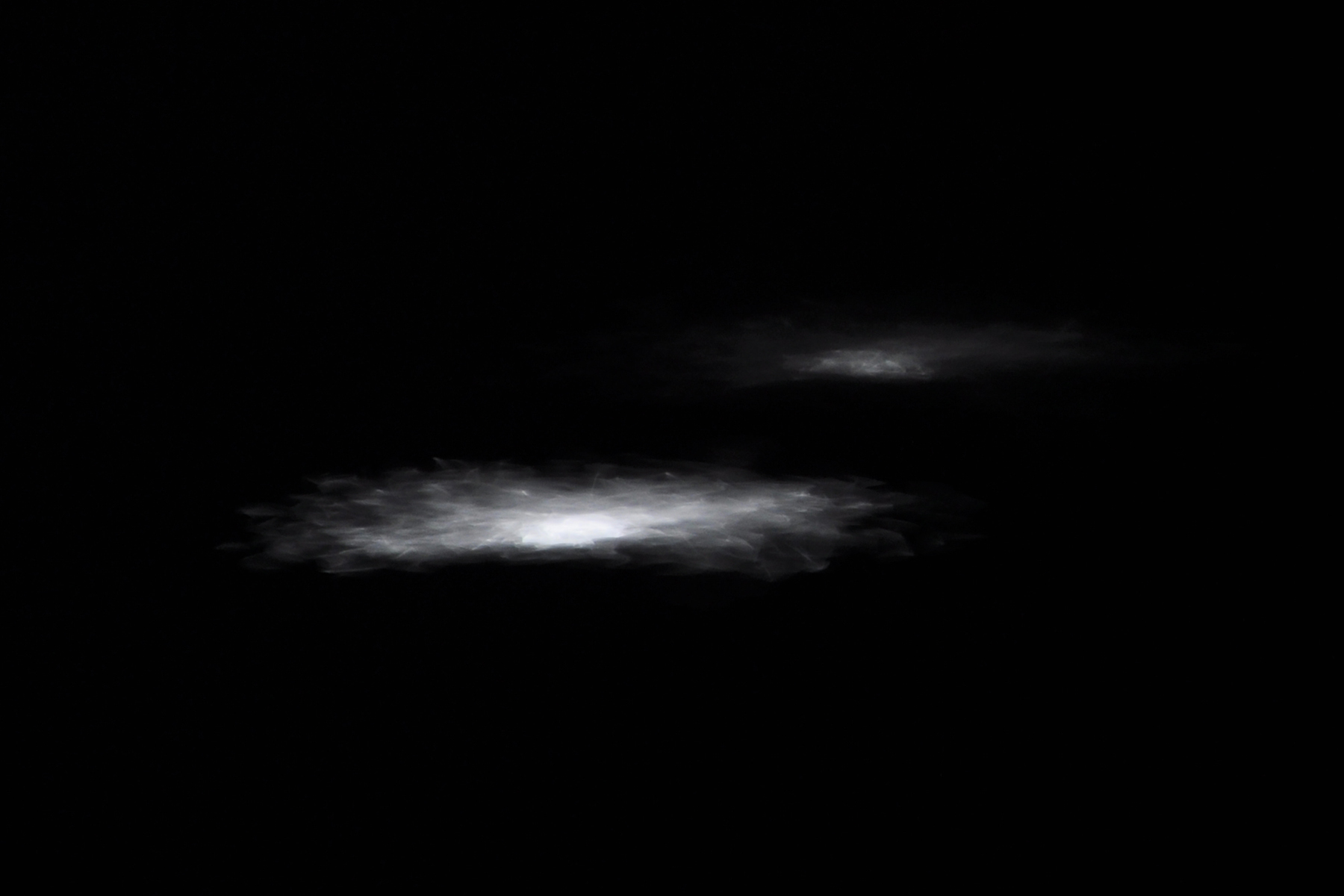Nebulae
2018






Digital pigment prints on aluminium. 40” x 60” (102 x 153 cm.).
“Content is a glimpse of something, an encounter like a flash”. William de Kooning.
“When you look out from the earth all sorts of things obscure your view of the cosmos. First there is the limitation of our eyes. We build telescopes and other instruments to magnify our vision and allow us to perceive and record other forms of light that our eyes can’t see. Then there’s the atmosphere, loaded with moisture and dust, which even on the clearest nights, moves about like the ocean causing the stars to blur and twinkle – to shimmer.
There is a term that astronomers use which is an objective measure of shimmer – ‘seeing’. Seeing is a measure of the steadiness and clarity of the atmosphere – a measure of visual noise. Astronomers crave bigger and better instruments to see finer detail and smaller and dimmer objects. These increasingly sophisticated instruments are designed to reduce noise and boost signal. But everything that’s causing the noise is actually vitally important. The air we breathe, the almost unimaginable distances we are trying to cross with our vision and imagination, the incredible length of time that light takes to pass through the universe and the consequence that our vision across space is also a vision back in time. The noise that obscures the signal is a vitally interesting matter. I choose to focus on the noise.
The images are of the Moon, Jupiter and Venus are captured with a standard digital SLR camera - each image was simply cropped, rotated and enlarged. They are direct images of those bright objects slowly sliding to the horizon on a winter’s evening in Canberra in 2015. But between me and those objects lay the Earth’s atmosphere. The atmosphere is fundamentally a liquid: light passing through it behaves like light passing through water. Thinking about this prompted me to point my camera down into the adjacent lake rather than up towards the sky. The images are long exposures of planet light reflecting off the surface of the dark lake water. The shimmer arises from an added layer of naturally occurring noise and the extended time frame of long exposure.
The images are hard to pin down and difficult to locate. The nebulous lines traced across a coal-black background conjure images of distant galaxies or star clusters. But close examination reveals that they aren’t direct images of those now familiar cosmic objects. They seem almost like smoke caught in a bright light. In some sense, they are - photons caught in a dance as they negotiate complex liquid turbulence. The images shimmer in and out of understanding.”
Canberra, 2015